Industry Knowledge
What is Mini Greenhouse?
A
mini greenhouse is a small structure, typically made of plastic or glass, that is used to grow plants in a controlled environment. A mini greenhouse is a small-scale greenhouse used for indoor gardening or growing plants. It is designed to provide a controlled environment for plants, where temperature, humidity, light, and other factors can be regulated to optimize plant growth. They can also be used to start seedlings or to propagate cuttings. Mini greenhouses are often portable and can be placed on a patio, deck, or balcony. A mini greenhouse is a small, plastic structure that’s usually made for plants without pots. It’s made of light-weight, durable materials that allow air and water to circulate through them. The plastic material protects plants from pests and the elements, keeping them healthier longer.This mini greenhouse comes with vents and windows for air circulation and pest protection so you can use it indoors or out. It also has drainage trays for excess water.
Advantages of the Mini Greenhouse
1. Increased Growing Season: A mini greenhouse allows you to extend the growing season and grow plants that may not otherwise thrive in your area.
2. Protection from Extreme Weather: Mini greenhouses protect plants from extreme weather conditions such as strong winds, heavy rains, and excessive heat.
3. Pest and Disease Control: Mini greenhouses offer protection against pests and diseases that can damage your plants.
4. Better Climate Control: Mini greenhouses provide better temperature and humidity control, which is essential for the growth of many plants.
5. Space Saving: Mini greenhouses take up less space compared to traditional greenhouses and are ideal for small gardens or balconies.
6. Cost-effective: Mini greenhouses are typically more affordable than traditional greenhouses, making them accessible to more people.
Use of the Mini Greenhouse
1. Plant Propagation: The controlled environment of a mini greenhouse is ideal for starting seeds and propagating cuttings.
2. Growing Fruits and Vegetables: A mini greenhouse provides the perfect growing environment for growing fruits and vegetables, even in areas with unfavorable climates.
3. Overwintering Tender Plants: Tender plants that would otherwise not survive winter can be protected and overwintered in a mini greenhouse.
4. Growing Herbs: Mini greenhouses are ideal for growing herbs that require a controlled environment.
5. Growing Rare and Exotic Plants: A mini greenhouse provides the ideal growing environment for rare and exotic plants that may not thrive in your area.
6. Research and Education: Mini greenhouses can also be used for research and educational purposes, such as studying the effects of different growing environments on plants.


 英语
英语 俄语
俄语 德语
德语 西班牙语
西班牙语 法语
法语



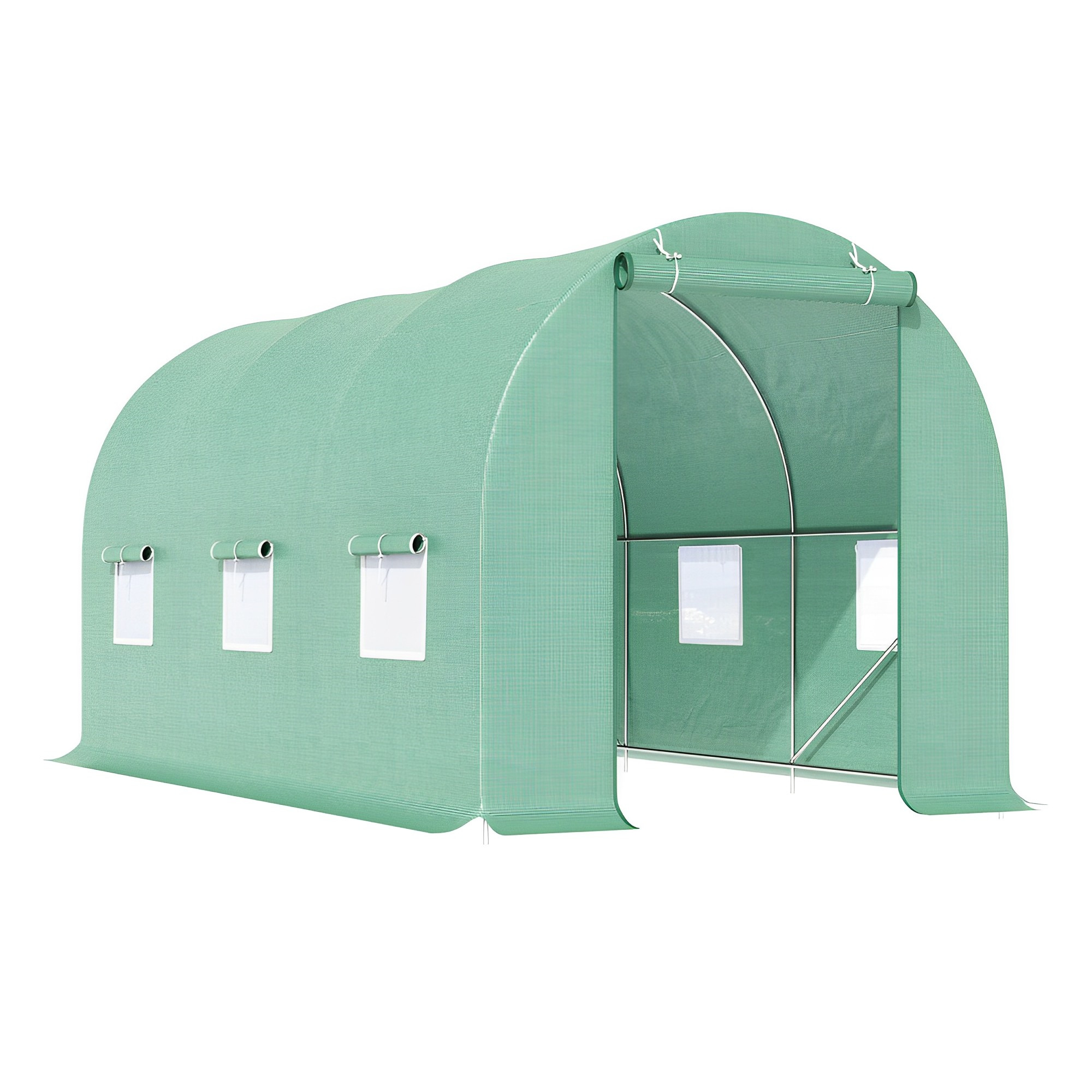
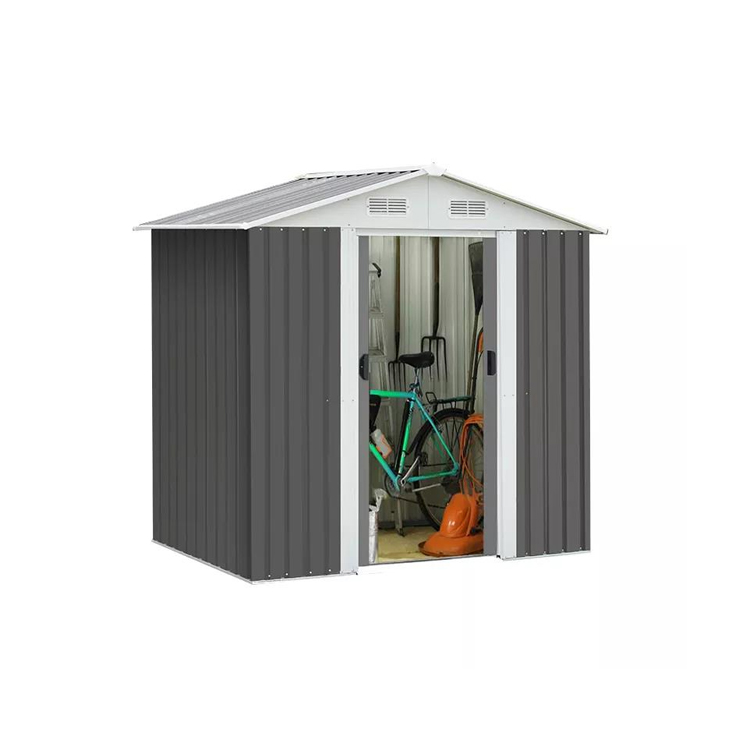

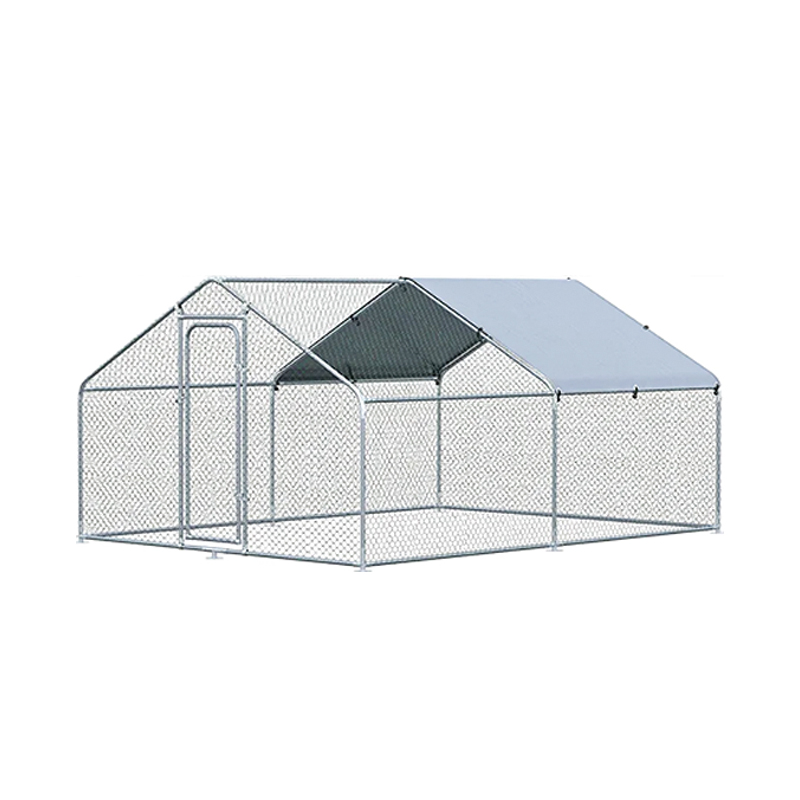

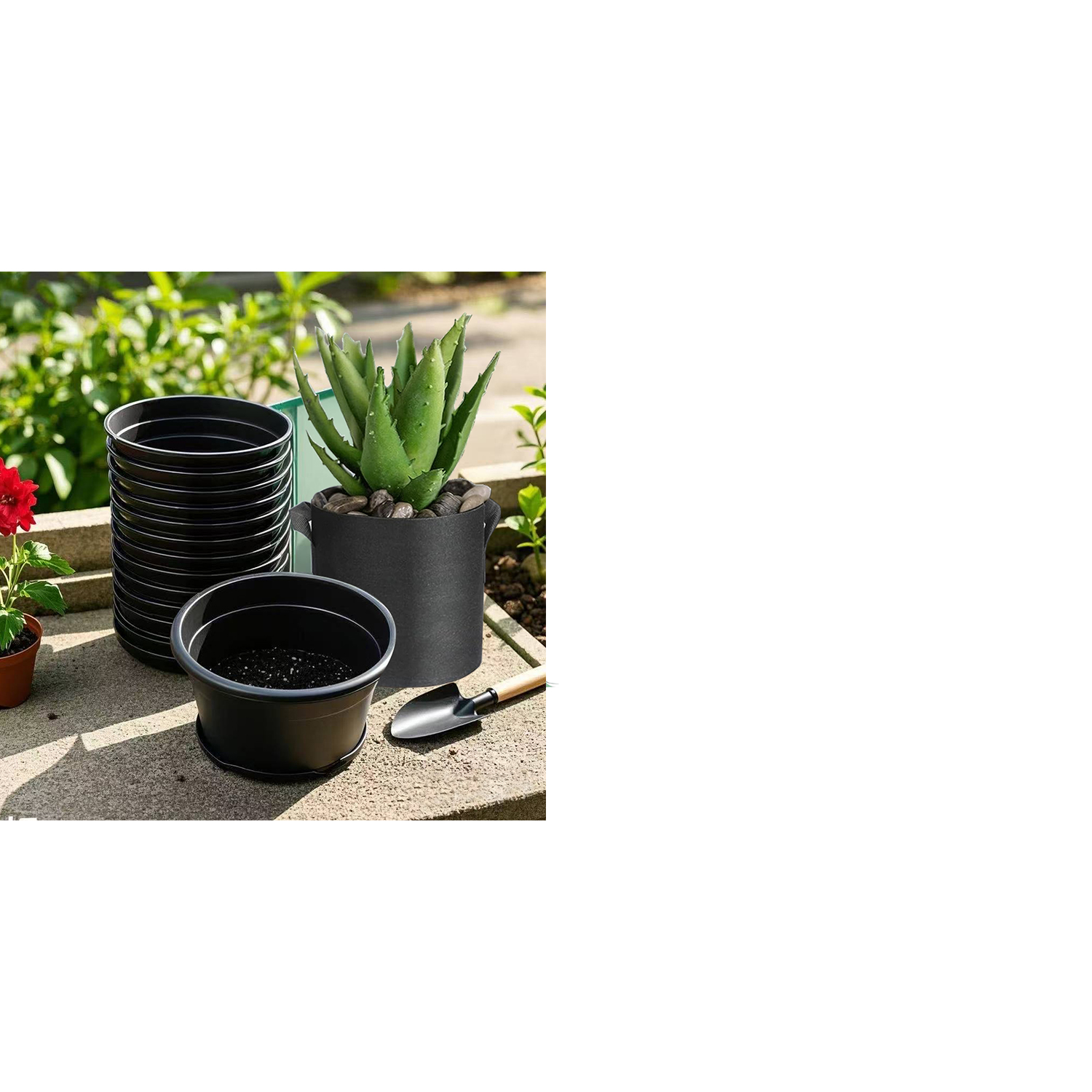



3.jpg?imageView2/2/w/800/h/800/format/webp/q/75)
-12.jpg?imageView2/2/w/800/h/800/format/webp/q/75)

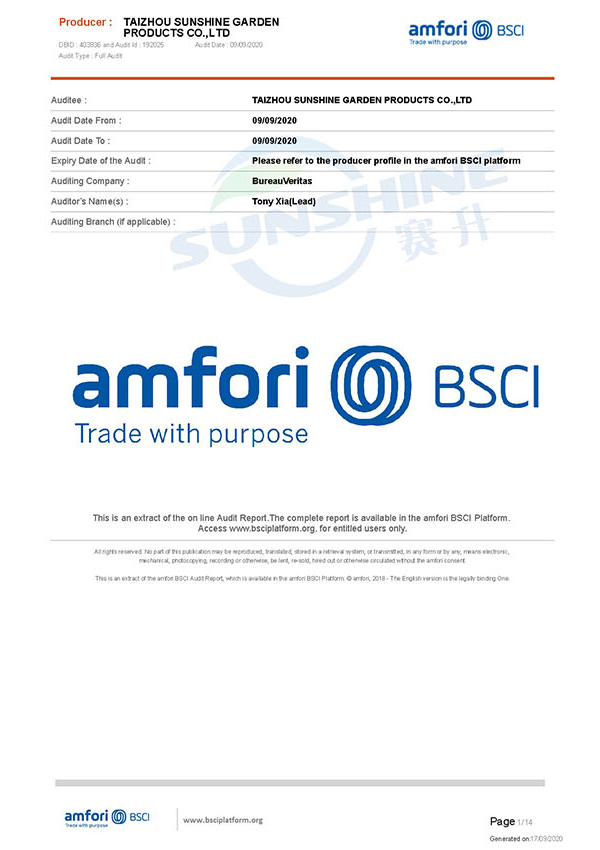
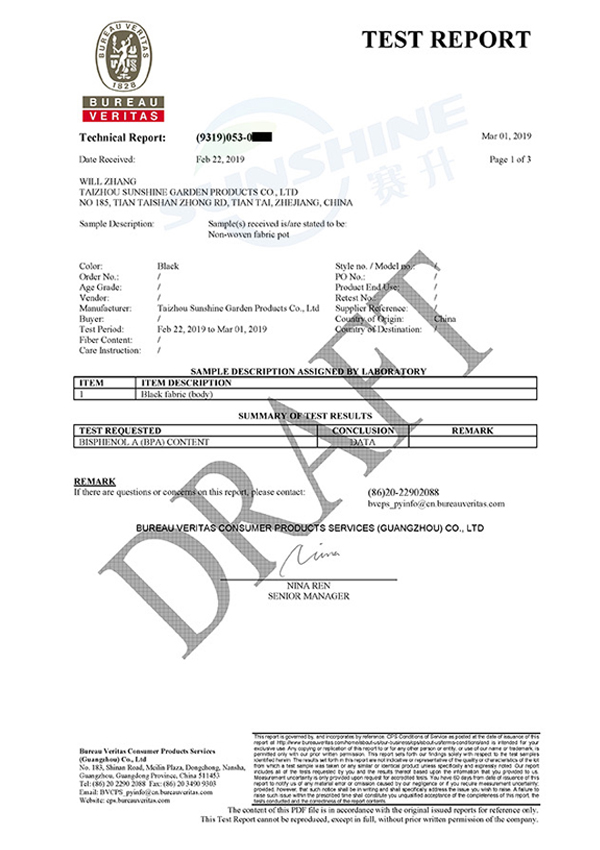
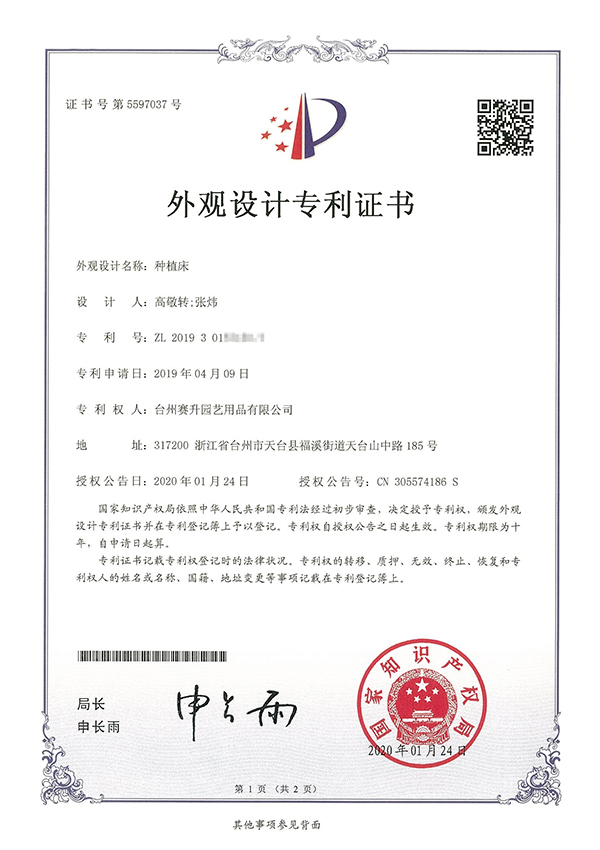
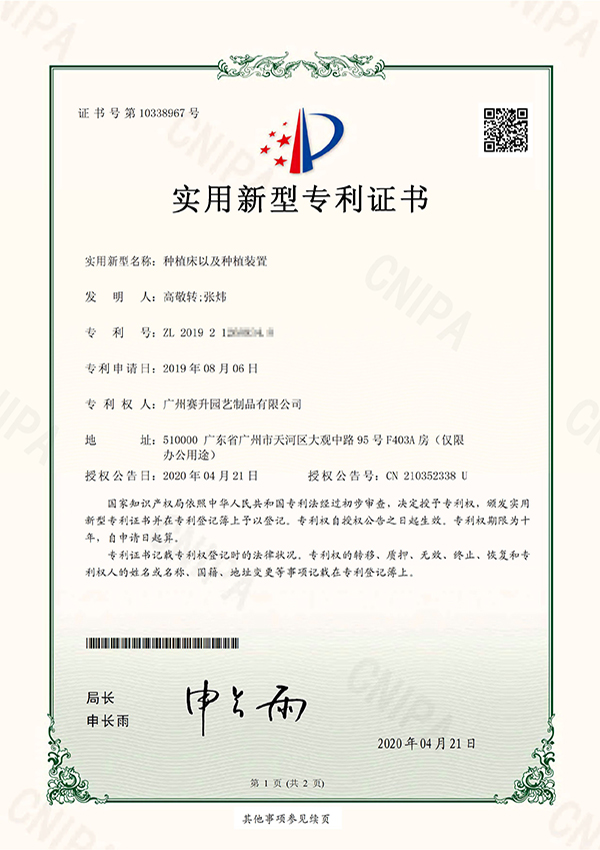
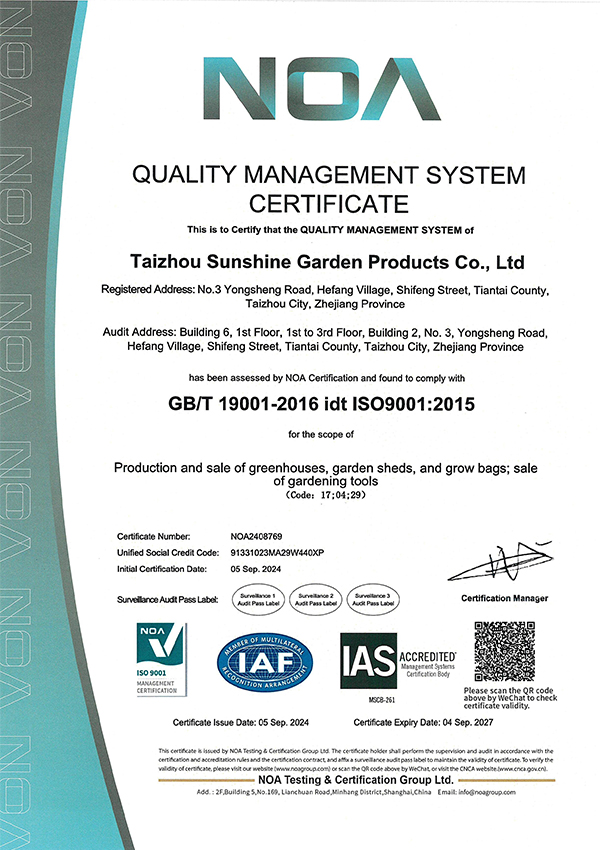
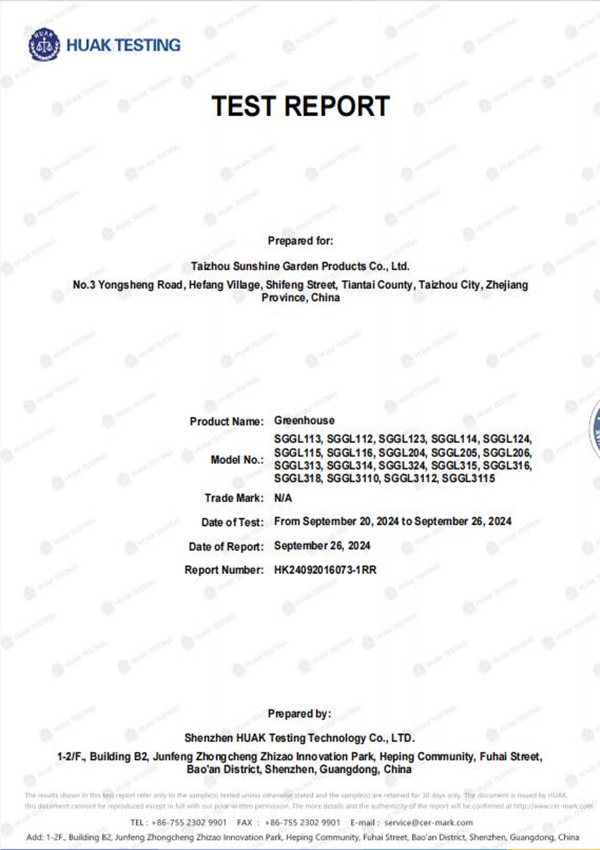
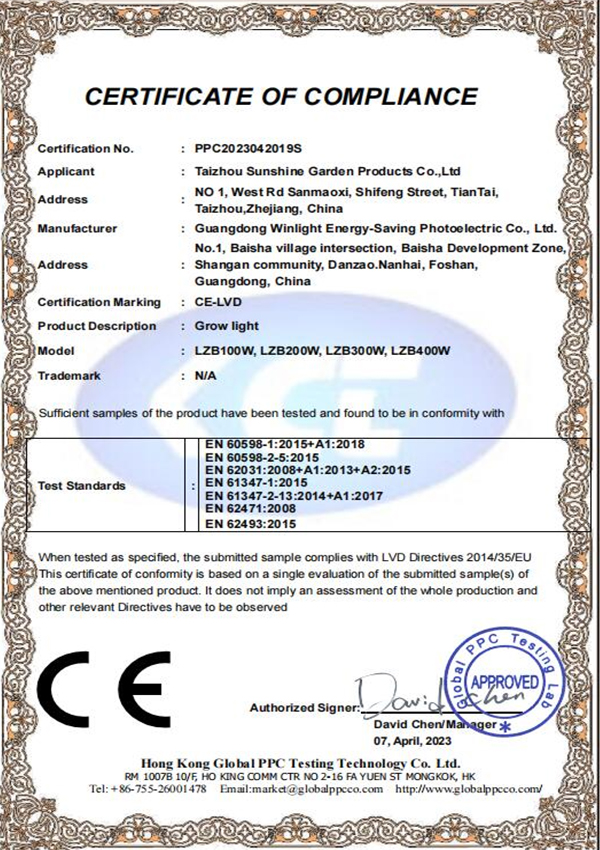
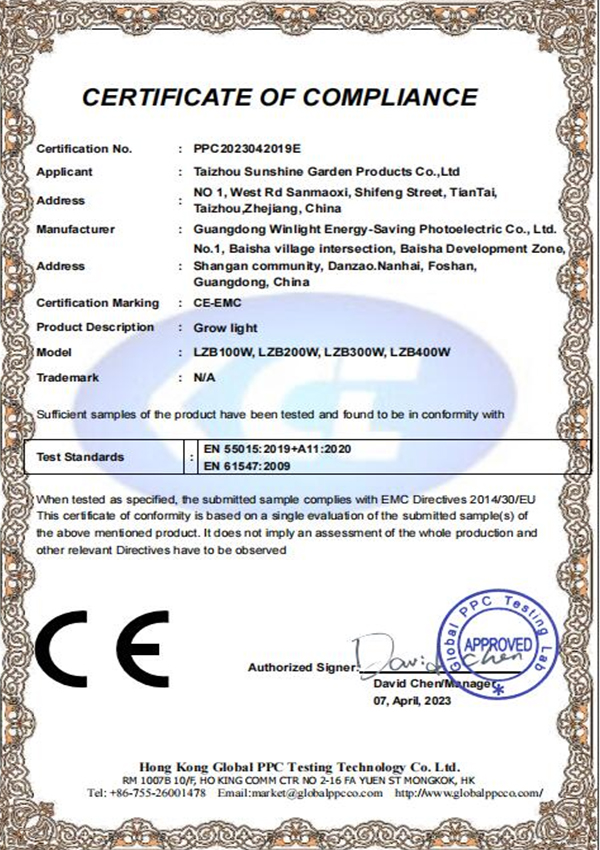
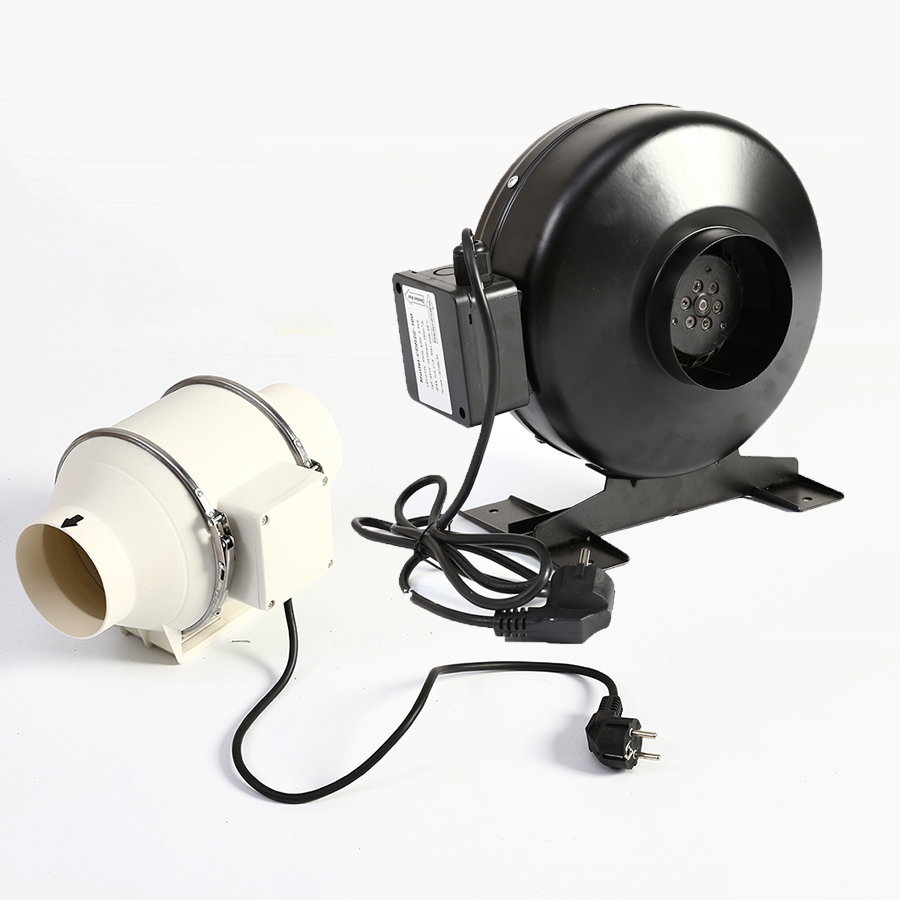
-1.jpg)
.jpg)
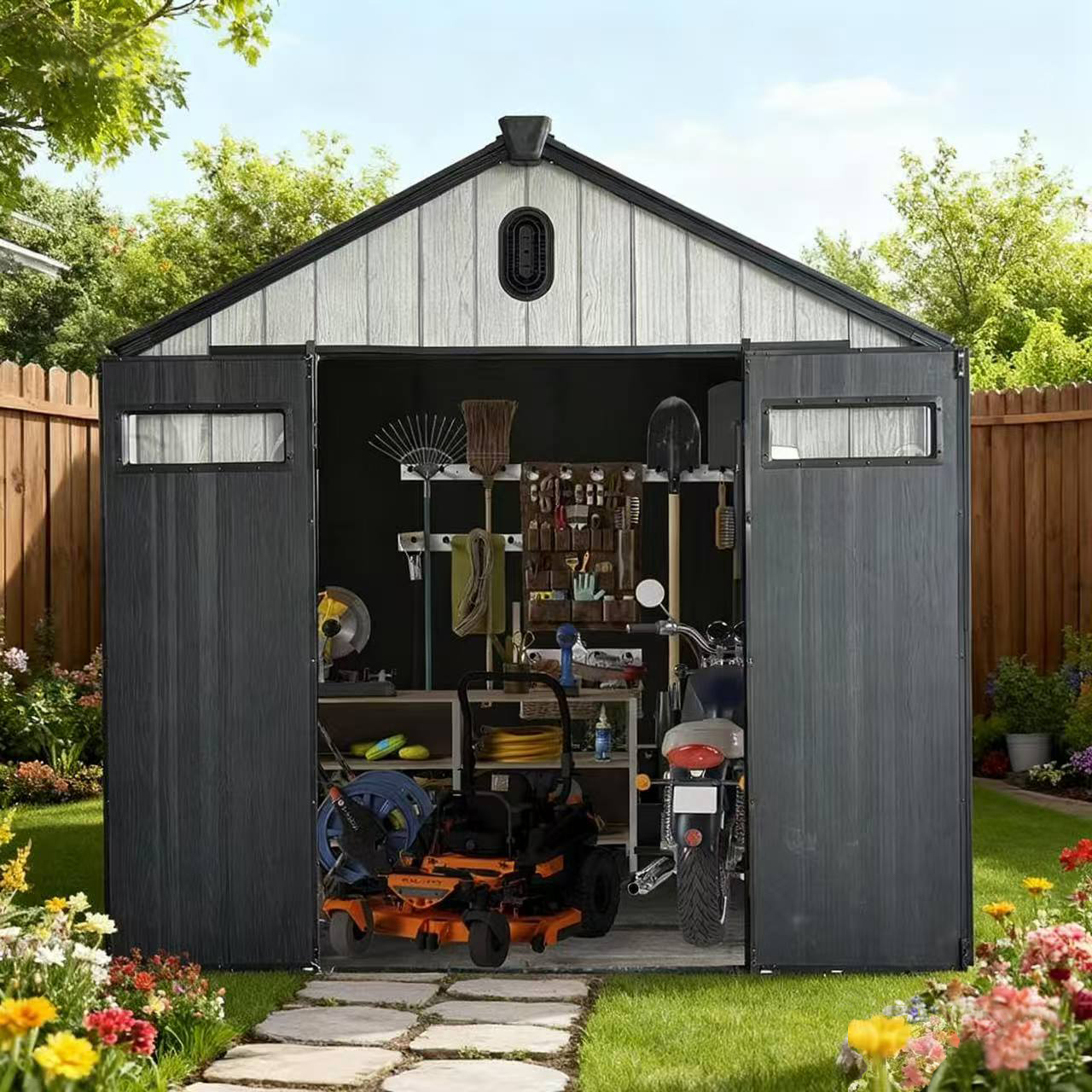
.png)
